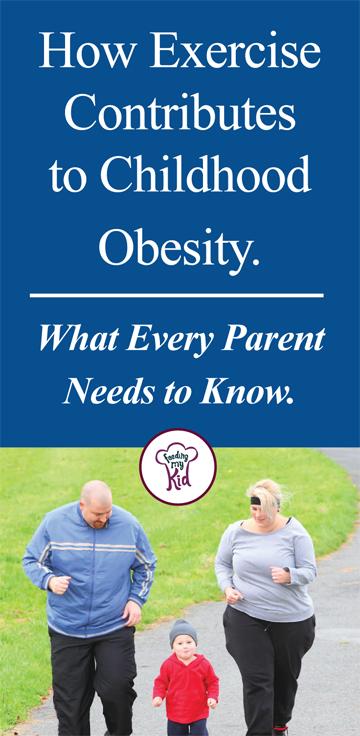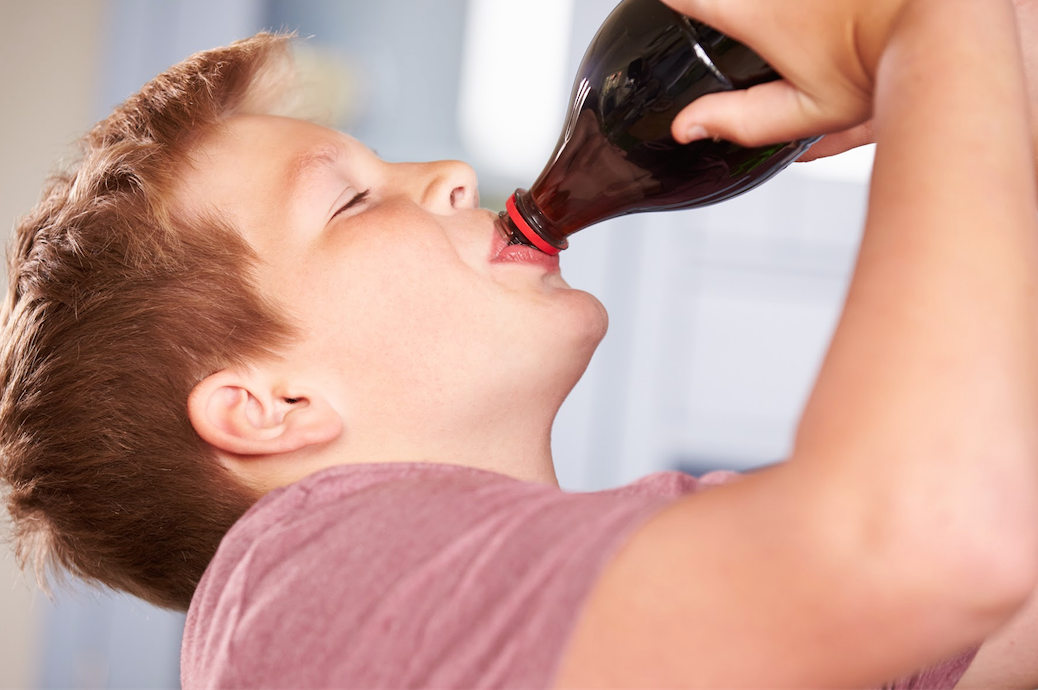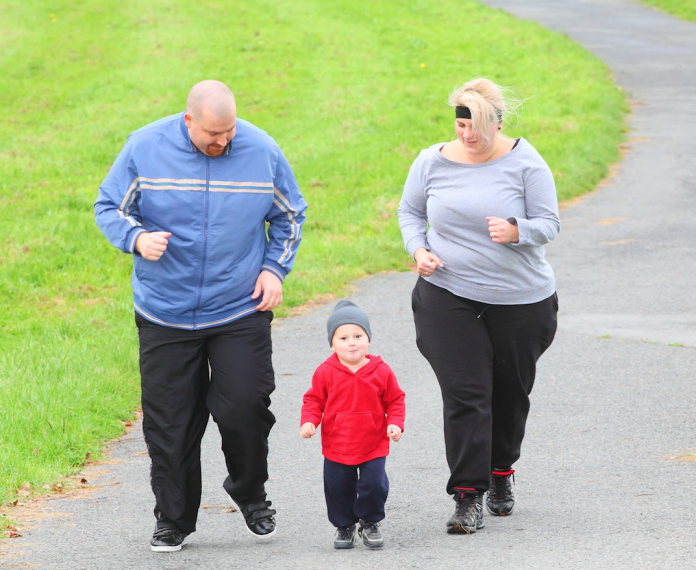 Last year, the Global Energy Balance Network (GEBN) stressed the importance of physical activity by minimizing the role diet played on a person’s weight. Partially funded by Coca Cola, there was much speculation from media outlets and pressure from public health authorities on the role that the soda company had behind the inception of GEBN. The ensuing speculation helped dismantle the non-profit at the end of November, 2016.
Last year, the Global Energy Balance Network (GEBN) stressed the importance of physical activity by minimizing the role diet played on a person’s weight. Partially funded by Coca Cola, there was much speculation from media outlets and pressure from public health authorities on the role that the soda company had behind the inception of GEBN. The ensuing speculation helped dismantle the non-profit at the end of November, 2016.
GEBN’s campaign raised many questions and answered very few. Coca Cola and many other industries that peddle sweets over healthy foods are a leading factor for adult obesity and childhood obesity. That’s why Coke was focusing their attention on combating claims that their products were unhealthy for consumers by donating founds to GEBN.
However, despite what companies like Coke will have you believe, the most important factor in a healthy weight is diet. Exercise may supplement weight-loss, but it is not the leading factor. Studies show that the food you eat is the number one contributor to a healthy weight.
Causes of Childhood Obesity: Is Your Child Eating Right?
Sugary foods are one of the reasons that one-third of American children are overweight or obese. Coca Cola was combating this by trying to say that weight loss and health has everything to do with exercise, but very little to do with diet (1).
“This clash over the science of obesity comes in a period of rising efforts to tax sugary drinks, remove them from schools and stop companies from marketing them to children,” Anahad O’Connor said in his New York Times article Coca-Cola Funds Scientists Who Shift Blame for Obesity Away From Bad Diets. Coca Cola and other companies were attempting to salvage their image by misleading the public on health.
The problem is these big food companies have been focusing their attention and targeting kids with elaborate marketing schemes (1). You have Tony the Tiger selling sugar packed breakfast foods and Ronald MacDonald selling your kid’s Happy Meals with toys from their favorite movies.
Exercise
 Despite GEBN’s efforts to steer the public’s attention away from nutrition by focusing it on exercise, many similar campaigns already exist. These campaigns strive to get kids to get up and play, to be active and maintain a healthy weight.
Despite GEBN’s efforts to steer the public’s attention away from nutrition by focusing it on exercise, many similar campaigns already exist. These campaigns strive to get kids to get up and play, to be active and maintain a healthy weight.
A great campaign that helps promote children’s health by recognizing the importance of fitness is the NFL Play 60. The NFL Play 60 was created in 2007 by the football organization to promote fitness for younger kids; seeing the overwhelming numbers of children who are obese, the organization was established to tackle the epidemic head on (2).
In 2010, First Lady Michelle Obama created the Let’s Move! campaign catered to promoting health among young children focusing on fitness and nutrition. The main focus of the organization is to try and promote healthier lifestyle through play. In those five years, the campaign has tried to tackle food industries with some push-back from these companies; they were able to enlisted some partners—getting Disney to jump on board, offering healthier snacking alternatives with their products for 2015 as well as getting school lunches to serve healthier options (3).
These programs are great and have had an impact. Just like these campaigns have impacted and driven a major focus on exercise, let’s start going further and focusing on the importance of diet at home.
To supplement exercise, to lose and maintain weight, proper nutrition is needed. That’s why exercise alone can cause your child to gain more weight, if your child is eating foods high in calories, fats, salts and sugars (4).
In fact, exercise is linked to eating more; your child may think he has earned to eat fast food or candy, but unfortunately he may be eating too much. (4).
One Hour of Exercise
The issue is many people seem to believe that exercise is enough, but that just is not the case. One hour of exercise for a child burns anywhere from 100 to 150 calories (4). But many of the foods that kids splurge on are equal or greater than exercise in calories.
- A 12 ounce can of coca cola is about 140 calories
- A 12 ounce can of Pepsi is about 150 calories
- A king size Snickers bar is 280 calories
- A package of Reese’s buttercups is 232 calories
- A happy Meal is 470 calories (ABC News)
- A Go-Gurt is 70 calories
- A package of Pop Tarts is 400 calories
As you can see, if you want your child to stay in shape after eating foods high in fats, sugars and salts, they’d have to workout anywhere from 2 to 5 hours a day. That’s just not reasonable. You just can’t play off these calories. A number of these foods are heavy in calories and with an average of only 100 calories to 150 calories being burned from exercise, you can see why consuming these foods can easily negate a workout. As an example, to burn off a happy meal, your child would need to workout for 3 to 4 hours, walking or jogging or playing a sport.
The problem is that if your child doesn’t eat properly he will not be in great shape. Consuming soda and other unhealthy foods in excess after a workout is not the way to go. A workout should supplement a diet, not the other way around.
Your Child’s Weight
Your child’s weight is 75 percent determined by diet; where exercise determines the other 25 percent (6). Other factors, such as genetics play a role as well, but when strictly dealing with these two factors, diet wins out and unfortunately exercise loses.
As a culture we need to emphasize more on the importance of diet.
The Balance of Nutrition
 Life—it’s a balance. Fitness and health is a balance. As I’ve discussed in the other articles on childhood nutrition, the first step to solving the overweight issue in America is to emphasis diet, nutrition and creating a healthy lifestyle at home with your children.
Life—it’s a balance. Fitness and health is a balance. As I’ve discussed in the other articles on childhood nutrition, the first step to solving the overweight issue in America is to emphasis diet, nutrition and creating a healthy lifestyle at home with your children.
As the author Ellyn Satter states in her book ‘You Child’s Weight,’ you have to start focusing your efforts on two important concepts: you are in charge of what your children eat and when they eat, they have to be in charge of how much of the food they eat.
So start looking at the labels, creating mealtime’s and focusing on giving your children healthier alternatives.
And of course, don’t over look the importance of their exercise—just be sure to reward them and their bodies with healthier foods, like complex carbs found in whole wheat and oats. Do not feel bad for letting your child splurge sometimes, but don’t do it all the time. Instead, try and emphasize healthier eating habits for the whole family. The first place to start with these healthier habits is right at home at the dinner table during family meal time!
Check out our other articles in our Childhood Nutrition Series:
- How to Best Talk to Your Kids About Their Weight!
- Why You Shouldn’t Put Your Child on a Diet. Do These 9 Things Instead.
- Why Food’s Marketed to Kids Causes Weight Gain
- How Juice Went From A Health Food to Junk Food
- How to Improve Academic Performance with Superfoods
- Bliss Point: How Taste is Manufactured

Additional Resources and Information:
-
New York Times: Coca Cola Fund Scientist Who Shift Blame For Obesity From Bad Diets
-
NFL: NFL launches NFL Play 60
-
Let’s Move!: Accomplishments
-
Health: Help! Why Can’t I Lose Weight With Exercise?
-
Kids & Nutrition: Fun Facts: How Many Calories Does A Child Burn?
-
Huffington Post: Exercise Vs. Diet For Weight Loss
-
Your Child’s Weight: Helping without Harming: Birth through Adolescence. By Ellyn Satter. “Chapter 1” Madison, WI: Pg. 10. Print.

